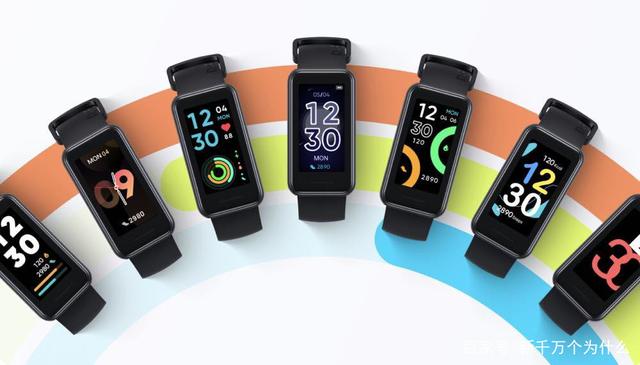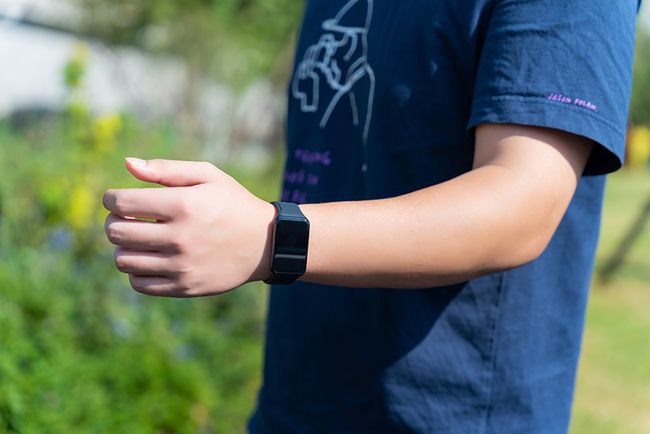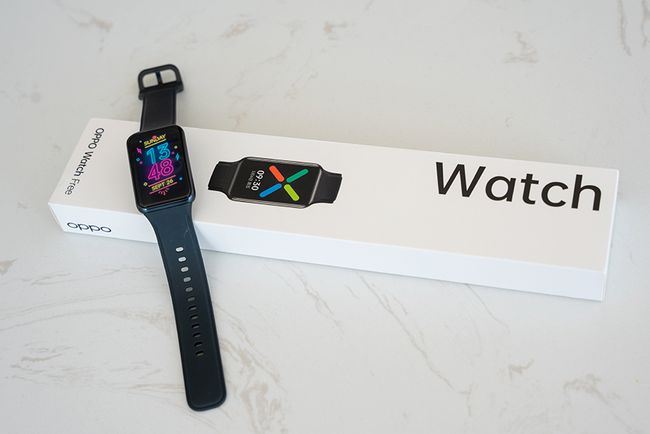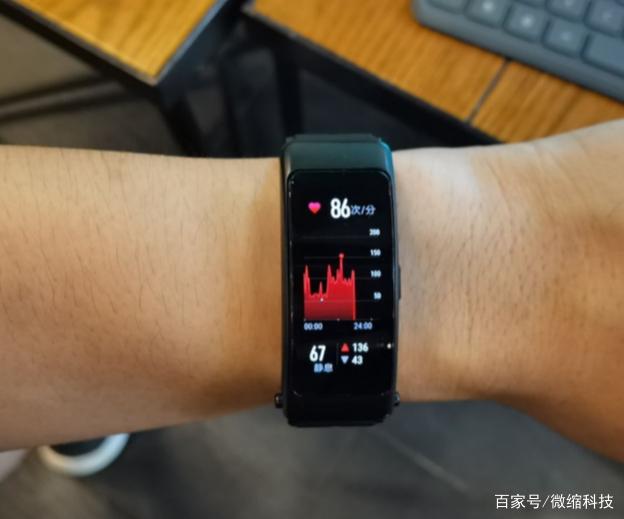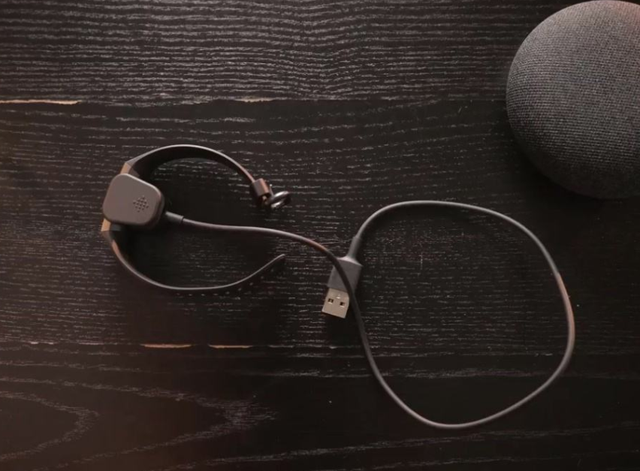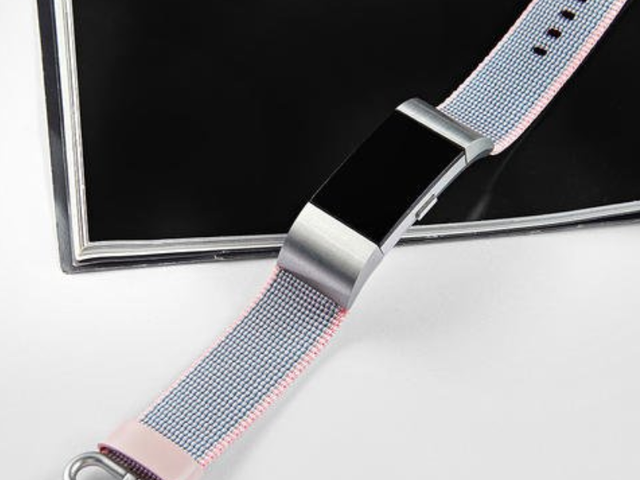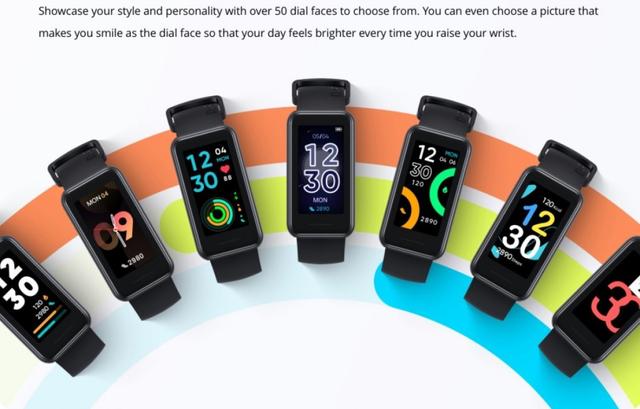Sports bracelet will "overestimate" the amount of exercise
Chen Xiaorong, Researcher, Center for Chronic and Non-communicable Disease Control and Prevention, Chinese Center for Disease Control and Prevention

Sports bracelets or sports watches have become standard equipment for more and more people. In addition to the number of steps per day, you can also pay attention to how much energy is consumed. However, the number of steps displayed on the sports bracelet does not reflect whether the exercise is up to the standard, and the energy consumption displayed on it is not all exercise consumption.
The bracelet cannot monitor exercise intensity
The “Guidelines for Physical Activity and Sedentary Behavior” issued by the World Health Organization in November last year pointed out that adults should do at least 150 minutes of moderate-intensity exercise or at least 75 minutes of high-intensity exercise every week. Here, exercise intensity is an important indicator. Although the sports bracelet can count the number of steps, it cannot monitor whether the exercise intensity has reached the standard of moderate intensity. Therefore, it is difficult to know whether the exercise is up to standard only by looking at the number of steps on the bracelet.
The bracelet shows that the energy consumption "has moisture"
Any kind of body activity can produce energy consumption, such as washing, playing on the computer, and eating can produce a certain amount of energy consumption, but these daily activities simply cannot reach moderate intensity. During medium-intensity or high-intensity exercise, the body will sweat slightly or a lot, the heartbeat will speed up, and there will be a sense of moderate or severe exertion. The energy consumption estimated and displayed by the sports bracelet is the total energy consumption, which includes static energy consumption, not just sports energy consumption.
Wear the bracelet only during moderate-intensity exercise
According to the requirements of the "Guidelines for Physical Activity and Sedentary Behavior", taking an adult weighing 60 kg as an example, his weekly moderate-intensity exercise energy consumption should be 600 kcal. The greater the weight, the greater the exercise energy consumption should be, which can be calculated according to the following formula: exercise energy consumption/600 kcal = weight/60 kg.
It is also possible to convert a weekly energy consumption of 600 kcal into a weekly energy consumption of 10 kcal per kilogram of body weight, or convert it to a weekly energy consumption of 42 kilojoules per kilogram of body weight. If the energy consumption per kilogram of body weight per week reaches 42 kilojoules, or the energy consumption per kilogram of body weight per day reaches 6 kilojoules, it means that the amount of exercise recommended by the guide has been reached.
It should be noted that the sports bracelet should only be worn during moderate-intensity activities and not worn at other times, so that the energy consumption of exercise can be monitored more accurately, and then the above weight formula can be used to convert it to assess whether the individual is exercising up to the standard.







